As May graces us with longer days and warmer temperatures, gardeners around the country are presented with a vibrant tableau of possibilities. It’s a month of robust growth and bountiful planting, where careful planning and execution can lead to an abundant harvest. Below, we expand on each section to equip you with comprehensive strategies for successful gardening in May.
Assess Your Garden’s Conditions
Understanding the unique conditions of your garden is essential for making informed planting decisions.
Sunlight
Sunlight plays a crucial role in plant growth and productivity:
Mapping Sunlight: Create a simple map of your garden, marking areas that receive full sun, partial shade, and full shade. This helps you visualize where to plant various crops. For instance, if you have a south-facing garden bed, it will likely receive the most sunlight, making it ideal for sun-loving vegetables like peppers and tomatoes.
Time of Day Consideration: Assess not just the amount of sunlight but the intensity—morning sun is typically gentler and doesn’t cause as much stress on plants as intense afternoon sun, which can lead to wilting.
Soil Testing
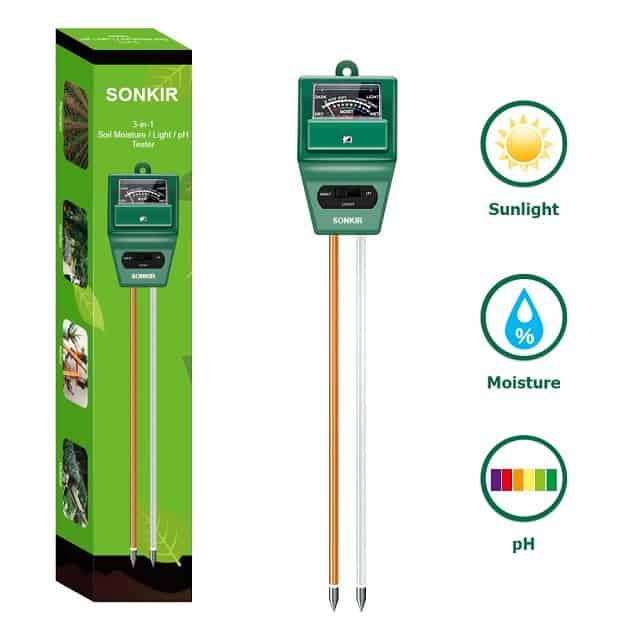
A healthy garden starts with healthy soil:
Comprehensive Testing: In addition to pH, a soil test can reveal organic matter content, nitrogen levels, phosphorus, potassium, and various micronutrients. Use this data to tailor your fertilization strategy throughout the growing season.
Soil Amendments: Based on your soil test results, you may need to add amendments like lime to raise pH for crops that prefer neutral-to-alkaline conditions (like most vegetables) or elemental sulfur for those that thrive in acidic conditions (like blueberries).
Moisture Levels
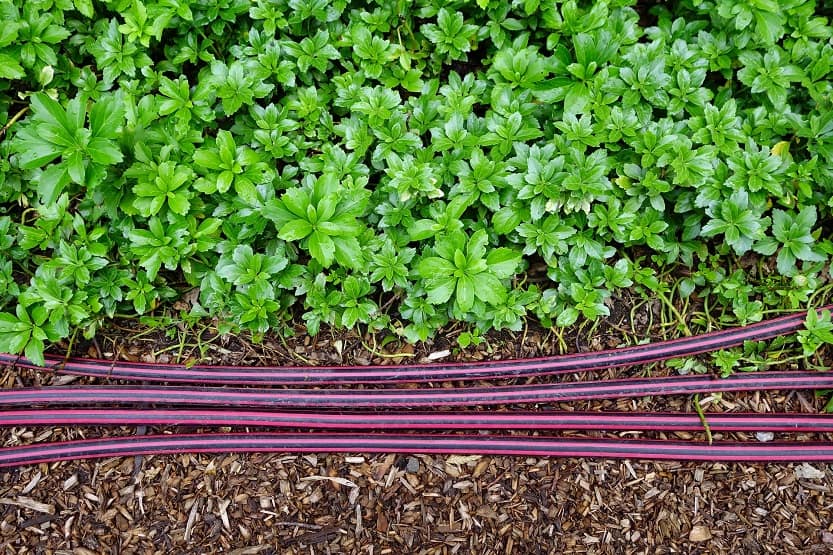
Moisture management is vital as May transitions towards hotter months:
Rainfall Patterns: Track rainfall throughout May to adjust your watering schedule accordingly. If rainfall is below average, increase your watering frequency.
Irrigation Strategies: Consider investing in snaking hoses or irrigation systems to automate your watering schedule, making it easier to provide consistent moisture, especially during dry weeks.
Plan Your Layout
Effective layout planning maximizes space and productivity in your garden.
Companion Planting
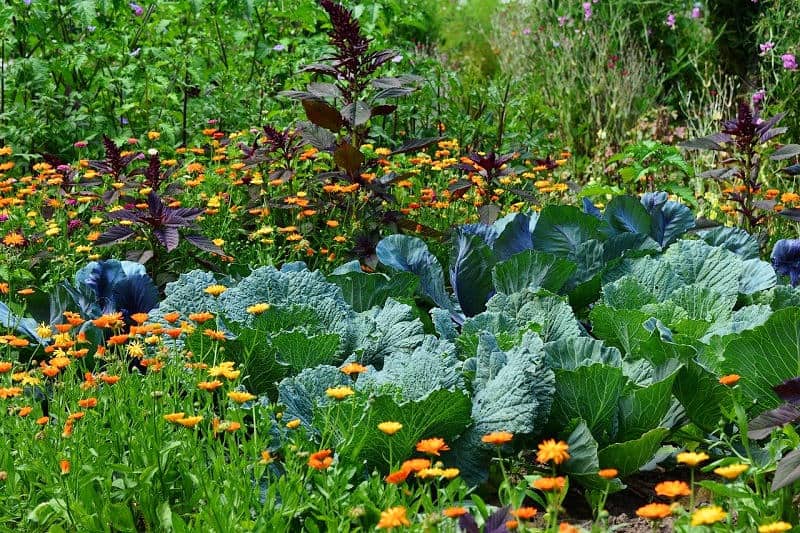
Exploring the art and science of companion planting can lead to a more successful garden:
Selecting Companions: Research specific plant combinations that not only benefit each other’s growth but also repel pests. For example, marigolds can help deter nematodes and aphids. Detailed guides on companion planting can provide a wealth of information on beneficial pairings.
Diversifying Plant Types: Consider mixing vegetables with flowers and herbs in your garden to create a biodiverse environment that attracts beneficial insects and improves pollination rates.
Vertical Gardening
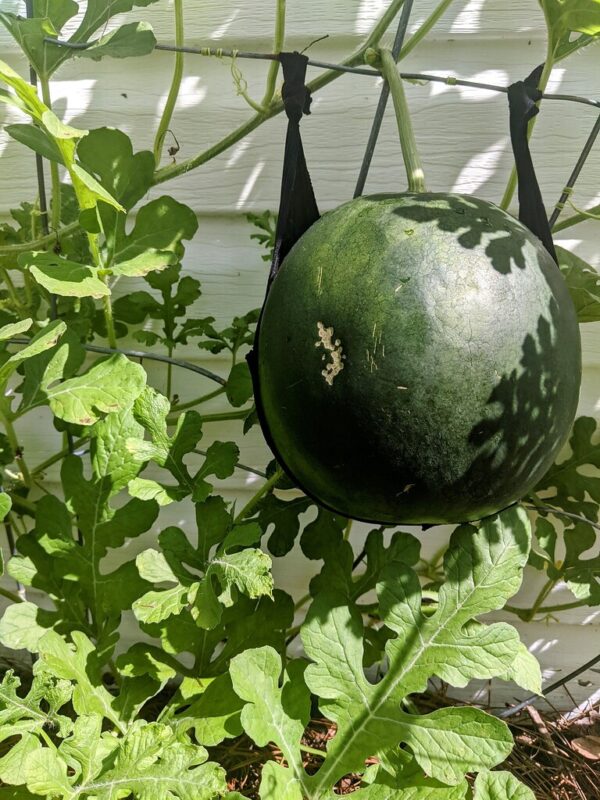
Take advantage of vertical space to create an interesting and productive garden:
Creative Structures: Use repurposed items like pallets, ladder frames, or trellises made from bamboo to create unique vertical gardening configurations. These structures can support climbing beans, cucumbers, and squash, reducing the need for horizontal space.
Maximize Airflow: Vertical gardening promotes better air circulation, which can help reduce the risk of fungal diseases. Additionally, it allows for easier harvesting, especially for larger plant varieties.
Begin Planting
May is the prime time to get your hands dirty and start planting!
Vegetables
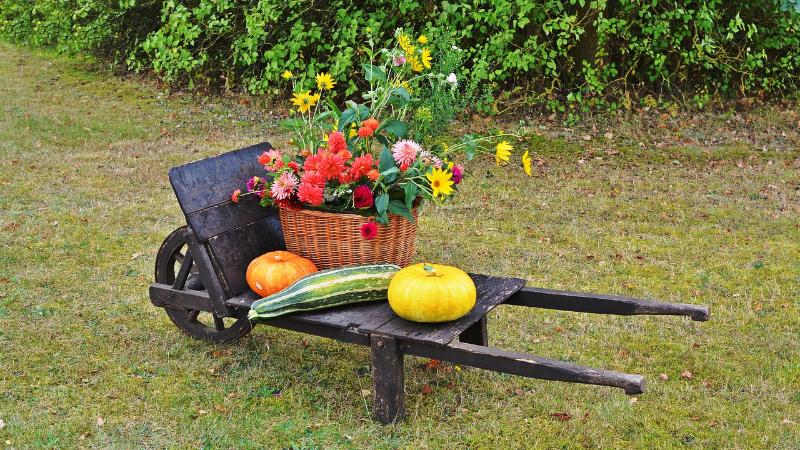
Use this month to sow seeds and set out transplants:
Direct Sow vs. Transplant: Some crops, like carrots and radishes, are best direct-sown into the soil, while others, like tomatoes and peppers, benefit from being started indoors and then transplanted. Familiarize yourself with your local climate to make the most informed choices about what to plant when.
Seed Selection: Consider choosing disease-resistant varieties, especially for summer crops. Opt for heirlooms if you want unique flavors and varieties, or hybrids for higher yields and disease resistance.
Flowers

Enhance your landscape while attracting pollinators:
Timing for Annuals: Many annuals can be sown directly into the garden or transplanted from pots. As a rule of thumb, wait until nighttime temperatures are consistently above 50°F before planting sensitive annuals like begonias and petunias.
Perennial Planning: When planting perennials, be aware of their full-grown sizes to prevent overcrowding. Consider group planting based on bloom times to have a staggered display of colors throughout the season.
Herbs
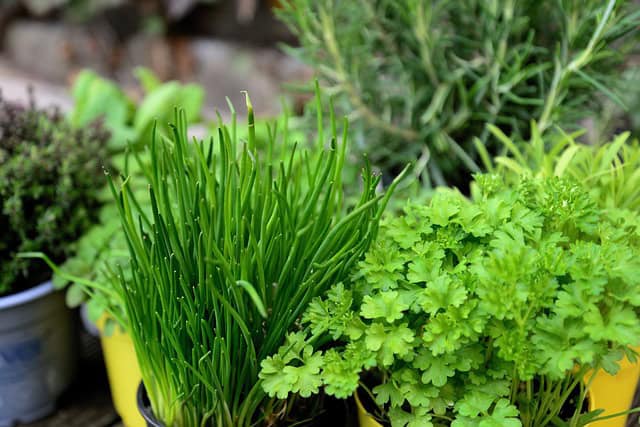
Fresh herbs can bring flavor to your kitchen and beauty to your garden:
Spacing and Sun: Plant herbs like basil, cilantro, and dill in a sunny spot with well-drained soil. Consider grouping herbs by their sunlight needs and harvesting time to make cultivation more manageable.
Continuous Harvesting: Regularly trimming herbs can encourage growth. For example, when basil flowers, the leaves become bitter, so snip off any flowers to prolong harvesting season.
Embrace Maintenance
Ongoing care during May will help your garden flourish.
Weeding
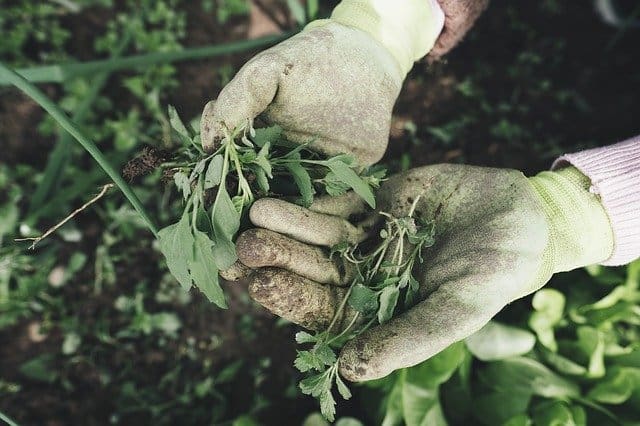
Weed management is critical for healthy plant growth:
Regular Weeding: Spend time each week pulling weeds, especially after rain, when the ground is softer and weeding is easier. Investing in tools like hand weeders or hoes can make the process more efficient.
Pre-emergent Mulch: Apply mulch around your plants to suppress weeds and retain moisture. Organic mulches, such as straw or shredded bark, also improve soil quality as they decompose.
Pest Control
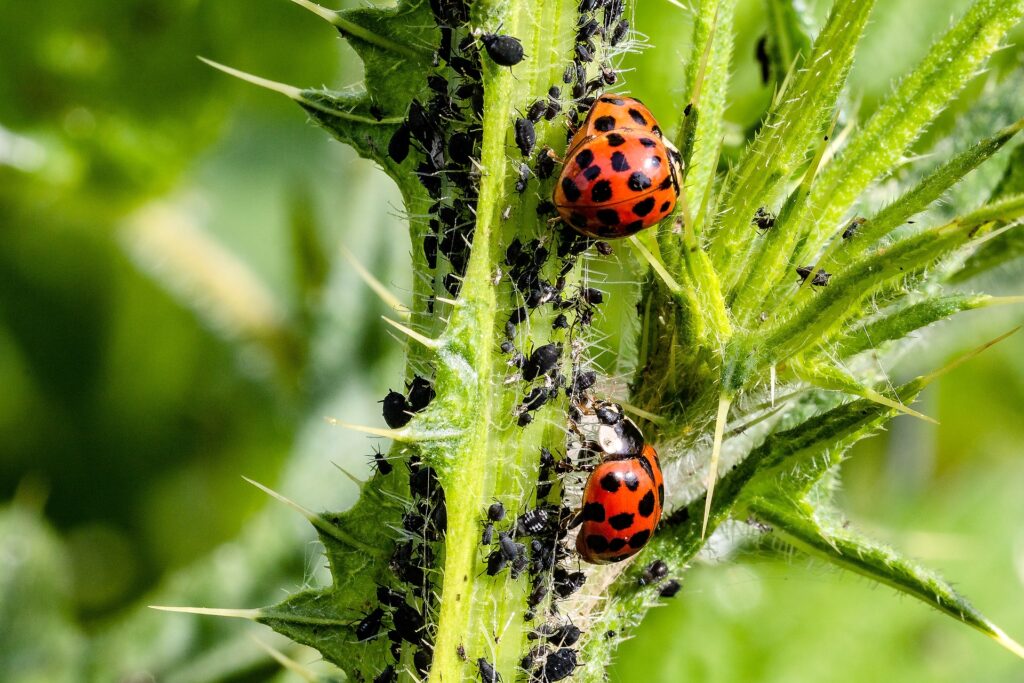
Maintaining vigilance against pests is critical:
Monitoring for Signs: Regularly inspect your plants for pests and signs of disease. Early detection is key—small infestations can be controlled by hand-picking or using yellow sticky traps for flying insects.
Insecticidal Soaps: Consider using insecticidal soap to manage soft-bodied pests. This option is effective and less harmful than chemical pesticides. Always follow the application instructions closely and test it on a small area first to ensure plant sensitivity.
Watering
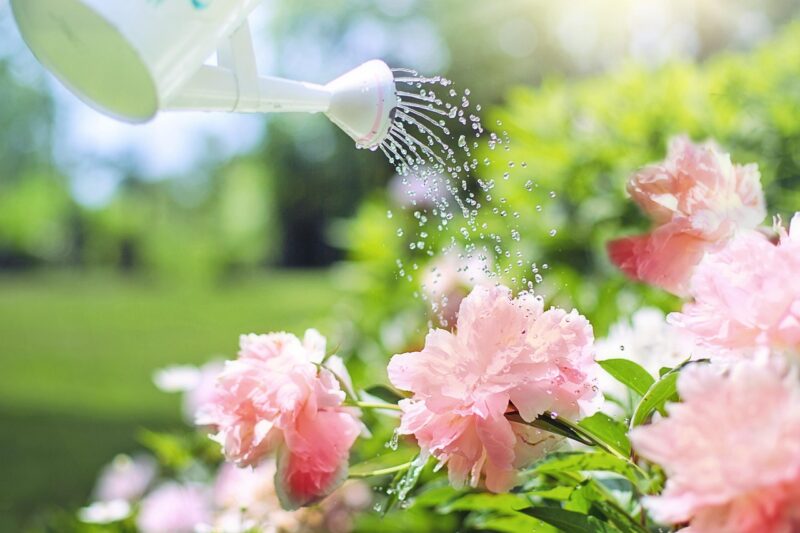
Effective watering strategies ensure your plants get the moisture they need:
Deep Watering Techniques: Use slow, deep watering techniques rather than frequent shallow watering. This approach encourages roots to grow deep into the soil, enhancing drought tolerance.
Water Temperature: Watering plants with room temperature water is best, as cold water can shock plants and inhibit growth.
Fertilize Wisely
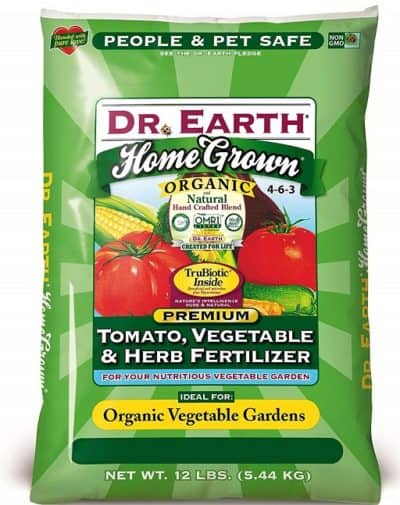
An informed fertilization strategy will support healthy growth.
Organic Options
Explore the benefits of organic fertilizers:
Types of Fertilizers: Familiarize yourself with the types of organic fertilizers. Examples include composted manure, fish emulsion, and kelp meal, all of which provide a range of nutrients.
Slow-release vs. Fast-acting: Slow-release fertilizers can provide nutrients over time, while fast-acting options give immediate boosts. Balance the types depending on your plants’ growth stage and specific needs.
Timing Matters
The right timing can make a significant difference:
Observe Growth Stages: Fertilize leafy greens earlier in the season while they are actively growing. Save phosphorus-heavy fertilizers for flowering plants as they commence blooming.
Application Frequency: Plan to fertilize every 4-6 weeks during the growing season, adjusting based on specific plant needs and growth stages.
Focus on Fruits
May is ripe for planting fruit-bearing crops that will yield delicious treats later.
Strawberries
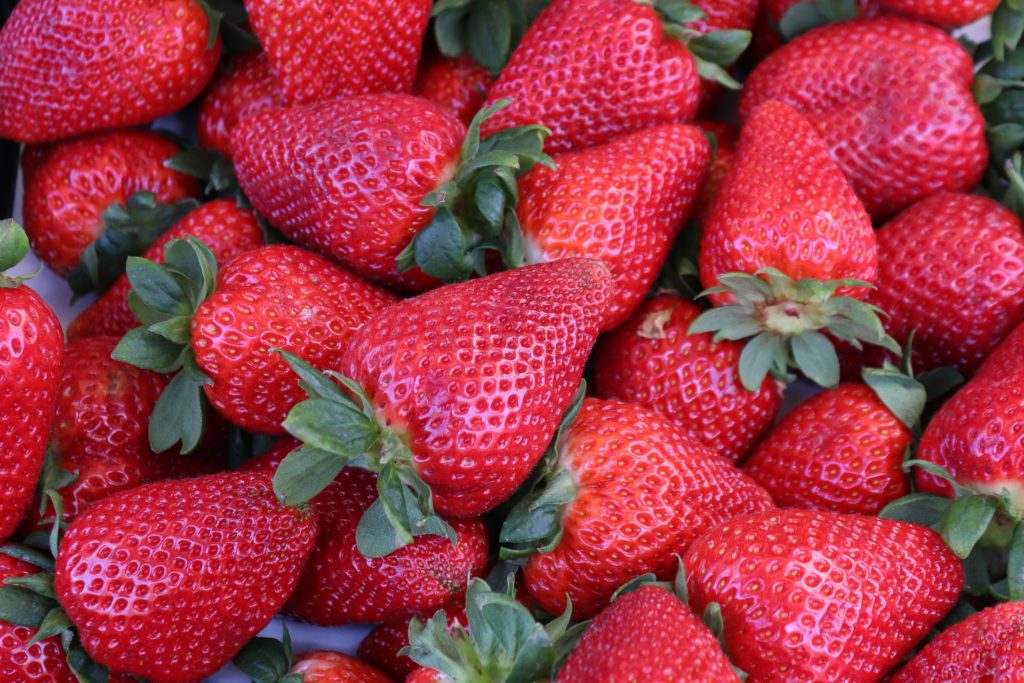
Strawberries can be a delightful addition to your garden:
Planting Techniques: For bare-root plants, dig a hole that allows the roots to spread out. Planting at the right depth is crucial—the crown should be at soil level for optimal growth.
Winter Care: To prepare for the upcoming colder months, a layer of straw mulch can protect strawberry plants from freezing temperatures.
Blueberries

Blueberries are prized for their flavor and health benefits:
Pollination: Plant multiple blueberry varieties to improve pollination and increase fruit yield. Different varieties bloom at different times, which can help ensure that your bushes are effectively pollinated.
Pruning: In May, evaluate your blueberry bushes and prune any dead or weak stems. This encourages better airflow and fruit development in the coming months.
Melons
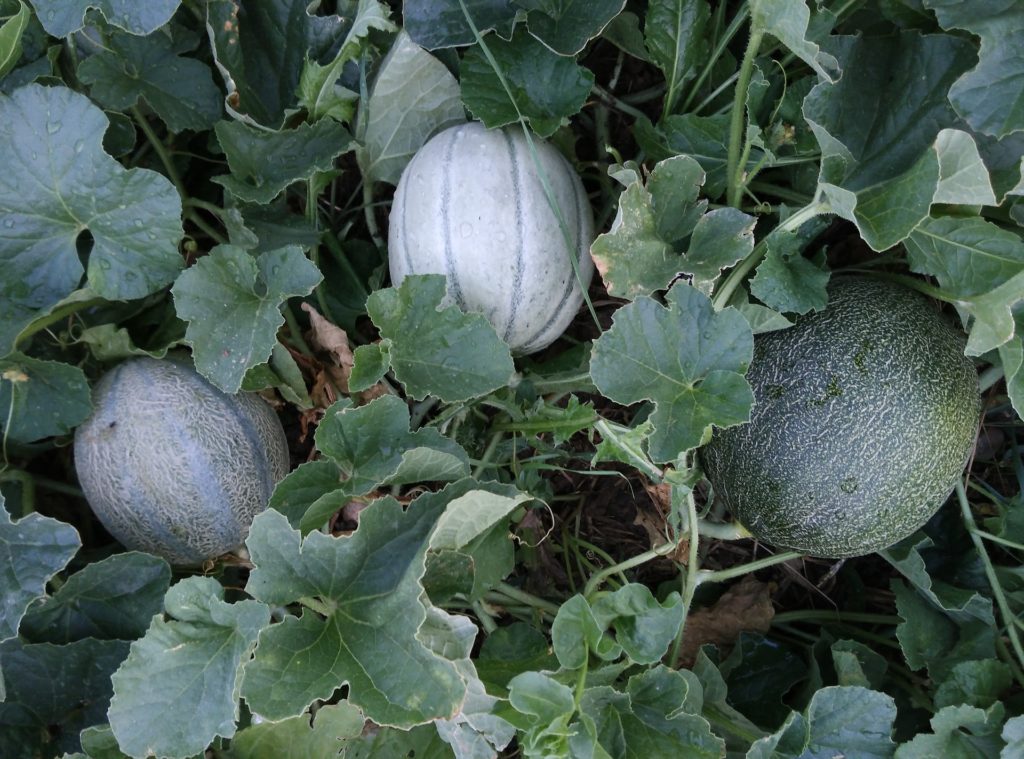
Growing melons can be incredibly rewarding:
Site Selection: Choose a sunny site with well-draining soil and prepare hills or rows to plant melons, allowing for better drainage and heat absorption.
Watering Considerations: Melons need consistent moisture when young but should be watered less frequently as they mature to encourage sweet, concentrated fruit.
Harvesting Your Success
With diligence and care, your plants will produce!
Timing the Harvest
Understanding when to collect your crops is crucial for optimal flavor:
Know Your Crops: Research specific indicators for ripeness. For example, cucumbers should be harvested when they are firm and before their seeds mature, while zucchini should be picked when they are 6-8 inches long.
Picking Techniques: Use pruning shears for harvesting root vegetables like carrots and beets to avoid damaging the plant. For fruiting crops, twist to separate or cut cleanly at the stem.
Proper Techniques
Maximize the quality of your harvest with proper handling:
Post-Harvest Care: Handle harvested fruit and vegetables gently. Wash fruits and veggies carefully with fresh water and store them properly; many like cooler temperatures, while others may thrive at room temperature.
Storage Considerations: Some crops, such as tomatoes, can lose flavor when refrigerated. Store them in a cool, dark place to maintain their natural taste.
Prepare for Summer
As warm weather settles in, transition your garden thoughtfully.
Shade and Protection
Prepare your plants for hotter, drier weather:
Constructing Shade: Use shade cloth or fabric that blocks sunlight but allows air circulation over delicate plants that may suffer in the heat. Tent-style covers can also work for newly transplanted seedlings for weeks after planting.
Windbreaks: If you live in a windy region, consider creating windbreaks with taller plants or structures. This helps protect more vulnerable crops from wind damage.
Planning for Crop Rotation
Crop rotation is vital for sustainable gardening:
Rotation Strategy: Develop a 3-year plan to rotate crops by family. For example, if you planted nightshades (tomatoes and peppers) in one bed, rotate them to another area next season, planting legumes, such as peas or beans in their former location to restore nitrogen levels.
Enhancing Soil Health: Interplant cover crops in the fall, like winter rye or vetch, to enhance the soil during offseason periods. They’ll hold nutrients and prevent soil erosion.
Cover Crops for the Future
Using cover crops can significantly improve soil quality:
Selecting Cover Crops: Choose species that grow well in your region. Clover, vetch, and rye are popular options, each providing specific benefits to your soil’s nutrient levels and structure.
Soil Improvement: Work cover crops into the soil before they flower to incorporate the organic matter and nutrients they provide. This helps build soil health and prepares the ground for the next planting season.
Conclusion
May is a rich and rewarding month for gardening enthusiasts. With thoughtful assessment of garden conditions, meticulous planning, thorough planting, and diligent maintenance, you can create a garden that flourishes well into the summer.






